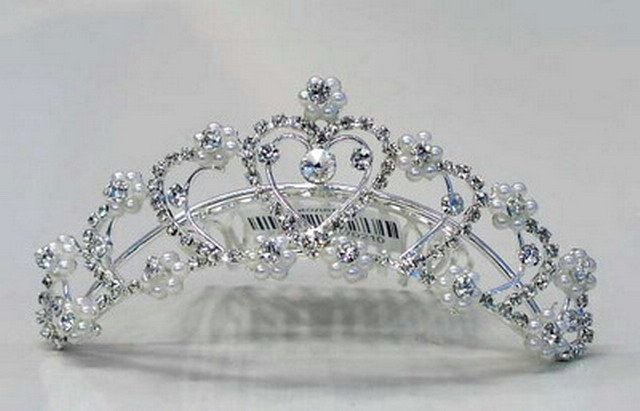|
|
Crowns
|
• Costume headgear imitating a monarch's crown is also called a crown. Such costume crowns may be worn by actors portraying a monarch, people at costume parties, or ritual "monarchs" such as the king of a Carnival krewe, or the person who found the trinket in a king cake.
• The Eastern Orthodox marriage service has a section called the crowning, wherein the bride and groom are crowned as "king" and "queen" of their future household. In Greek weddings, the crowns are diadems usually made of white flowers, synthetic or real, often adorned with silver or mother of pearl. They are placed on the heads of the newlyweds and are held together by a ribbon of white silk. They are then kept by the couple as a reminder of their special day. In Slavic weddings, the crowns are usually made of ornate metal, designed to resemble an imperial crown, and are held above the newlyweds heads by their best men. A parish usually owns one set to use for all the couples that are married there since these are much more expensive than Greek-style crowns.
• Children, mainly girls, sometimes connect flowers together in a chain, and wear the wreath as if it were a crown.
• Crowns are also often used as symbols of religious status or veneration, by divinities (or their representation such as a statue) or by their representatives, e.g. the Black Crown of the Karmapa Lama, sometimes used a model for wider use by devotees.
|
|









